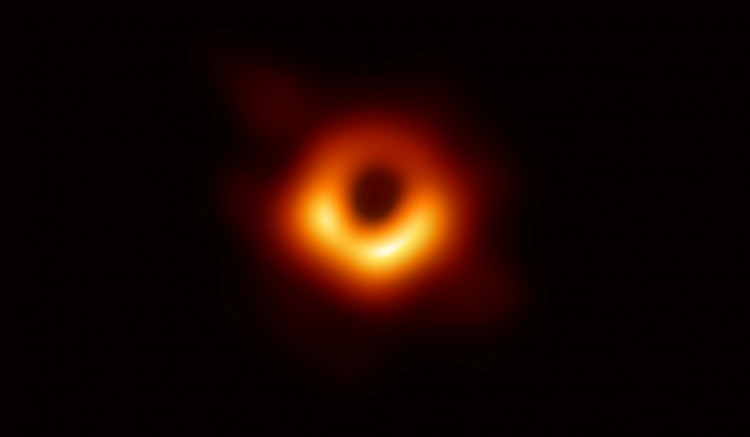JWST or Webb, commonly known as the James Webb Space Telescope, was launched in December 2021 and is currently finishing up preparations to start surveying the cosmos. Collaborating with the Event Horizon Telescope (EHT), the global network of observatories that released the first-ever image of a black hole in April 2019, is one of the activities slated for the new observatory's first year of operation.
When the EHT revealed the first photograph of Sagittarius A*, the supermassive black hole at the center of our Milky Way galaxy, in May, it accomplished the feat once more, showing a lumpy, hazy golden ring on a dark background.
Farhad Yusef-Zadeh, an astronomer at Northwestern University in Illinois, was one among the countless scientists anxiously awaiting the sight of that photograph. He had a special interest in the EHT's study on Sagittarius A* since he had been given valuable JWST time earlier this year to observe the enormous black hole.
In addition to the conventional limitations of a black hole, Sagittarius A* has regions along its event horizon that can abruptly spew out particles at close to the speed of light. These flares can happen four or five times a day, making Sagittarius A* a highly unpredictable creature (the event horizon of a black hole is the region beyond which nothing, not even light, can escape).
Each flare is first detectable in the infrared, but as time passes, the signal gradually extends into what astronomers refer to as submillimeter radiation. Interestingly, the submillimeter radiation that the Event Horizon Telescope collects to create its black hole images is also what allows scientists to detect both the underlying black hole's signal and the flare's signal.
JWST contributes a number of advantages to the partnership. There are no clouds to obstruct observations because the spacecraft is orbiting a location around 1 million miles (1.5 million kilometers) from Earth. Additionally, the observatory's large sunshield and remote location keep its equipment cool enough to examine infrared light. Additionally, Webb has two devices that can simultaneously collect data in two distinct wavelengths of infrared light.
Due to the collaboration with the EHT, Yusef-team Zadeh's is bound by the program's timing restrictions. Typically, the program conducts its observations over the course of roughly a week in March or April to take advantage of the best weather. He noted that the tentative date for the campaign next spring is April 2023, when JWST would spend 25 hours observing the supermassive black hole.
Yusef-Zadeh stated that he anticipates the Webb observations of flares to teach scientists a great deal about how these features work independently of the EHT data.


